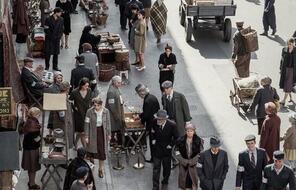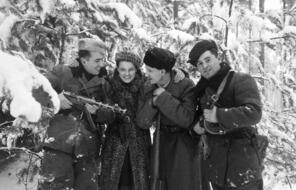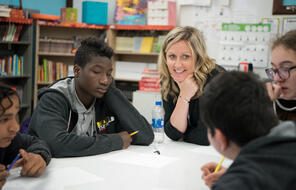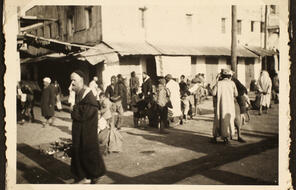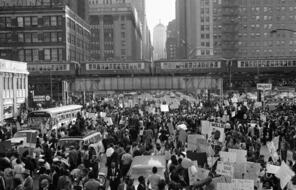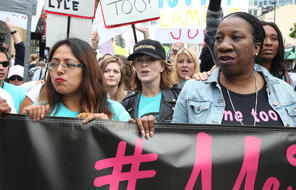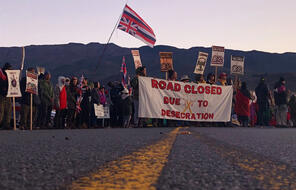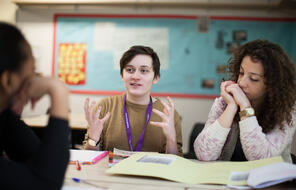Video
Protecting Jews
Former Jewish partisan Frank Blaichman describes finding shelter for Jews who could not join the partisans' resistance efforts.
Video Length
00:4Subject
- History
Language
English — USUpdated
Protecting Jews
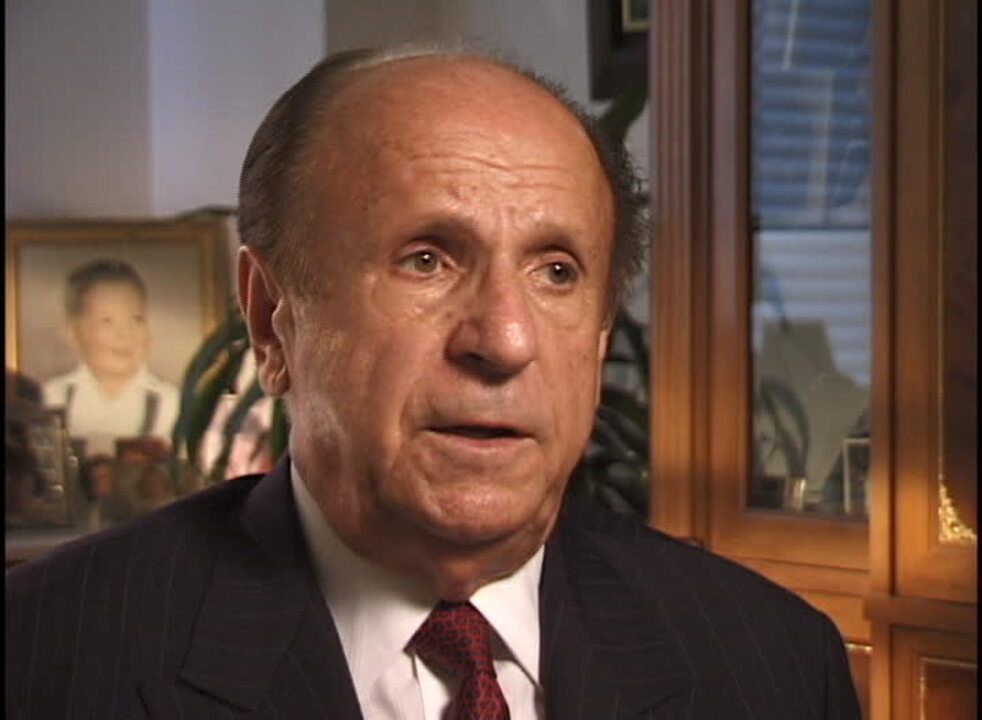
Protecting Jews
Credit:
© 2004-2016 Jewish Partisan Educational Foundation. All Rights Reserved
Using the strategies from Facing History is almost like an awakening.
—
Claudia Bautista, Santa Monica, Calif

